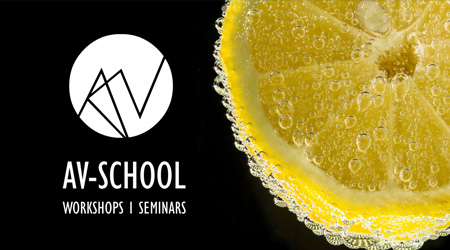History of Digital Art
Teaching Staff: Dragona Daphne
Course Code: THE603
Course Category: General Background
Course Type: Compulsory
Course Level: Undergraduate
Course Language: Greek
Delivery method: Lectures
Semester: 6th
ECTS: 5
Teaching Units: 3
Teaching Hours: 3
E Class Page: https://opencourses.ionio.gr/courses/DAVA334/
Teaching Structure:
| Activity | Semester Workload |
|---|---|
| Lectures | 39 |
| Literature Study and Analysis | 26 |
| Practice and Preparation | 26 |
| Course Total (ECTS: 5) | 91 |
Recquired / Recommended : THE400
The course examines the origins of digital art which are traced back to the first graphic works on a personal computer. Then, it goes on examining the emergence of the first animated, illusionist aesthetics of the 1980s, and the employment of digital technology by video artists, to finally focus on digital art and generally the use of digital technology in the artistic creation in various fields, including the Internet. Issues that are further explored include: virtual reality in spatial environments and on the Internet, in relation to its philosophical approaches, the timely interest in the vision of social intervention on the part of net.art avant-garde of the Worldwide Web art, the debate on and the attitude of artists towards the social impact of the rising globalisation of the Information Society.
Michael Rush, Video Art. Thames & Hudson: London, 2007.
Michael Rush, New Media in Art. Thames & Hudson: London, 2005.
Doug Hall & Sally Jo Fifer (επιμ.), llluminating Video. Aperture: New York, 1990.
Meigh-Andrews, Chris, A history of video art: development of form and function. Berg: Oxford New York ca 2006.
Frank Popper, From Technological to Virtual Art. The MIT Press: London, 2007.
Christiane Paul, Digital Art. Thames & Hudson, 2003.
Mark Tribe, Jana Reena. New Media Art. Taschen: Κολωνία 2006.
Lev Manovich, The Language of New Media. The MIT Press: Cambridge Mass., 2001.
Rachel Greene. Internet Art. Thames & Hudson: Λονδίνο, 2004.
Julian Stallabrass. Internet Art. The online clash of culture and commerce. Tate Publishing: Λονδίνο, 2003.
- Weibel, “On the History and Aesthetics of the Digital Image”, στο Ars Electronica 84, αναδ. στο T. Druckrey (επιμ.), Ars Electronica: Facing the Future. A Survey of Two Decades, Cambridge, Mass. and London 1999.
www.mediaartnet.org
Ματθαίος Σαντοριναίος, Από τις σύνθετες Τέχνες στα υπερμέσα και τους νέους εικονικούς – δυνητικούς χώρους. Ένα εγχειρίδιο για τον καλλιτέχνη που ασχολείται με την ψηφιακή Τέχνη. Ελληνικά Ακαδημαϊκά Ηλεκτρονικά Συγγράμματα και Βοηθήματα - Αποθετήριο "Κάλλιπος", 2016.
Lectures, group discussions, scientific research, use of applications, use of audiovisual media, assignments that are progressing during the semester, independent study and guided research, comparative analysis, use of new technologies in order to explore concepts and themes, group presentations, educational content including current art-related issues.
Enhanced by multimedia content.
The learning process is supported by the asyncrhonous e-learning platform e-class.
The course progresses with lectures, discussions, and exercises that need to be completed during the semester. For the final evaluation are estimated: lesson participation, development of tasks, completeness of execution, creative approach to the subject, in-depth understanding of the concepts that students are dealing with.
Back



 History of Digital Art
History of Digital Art







